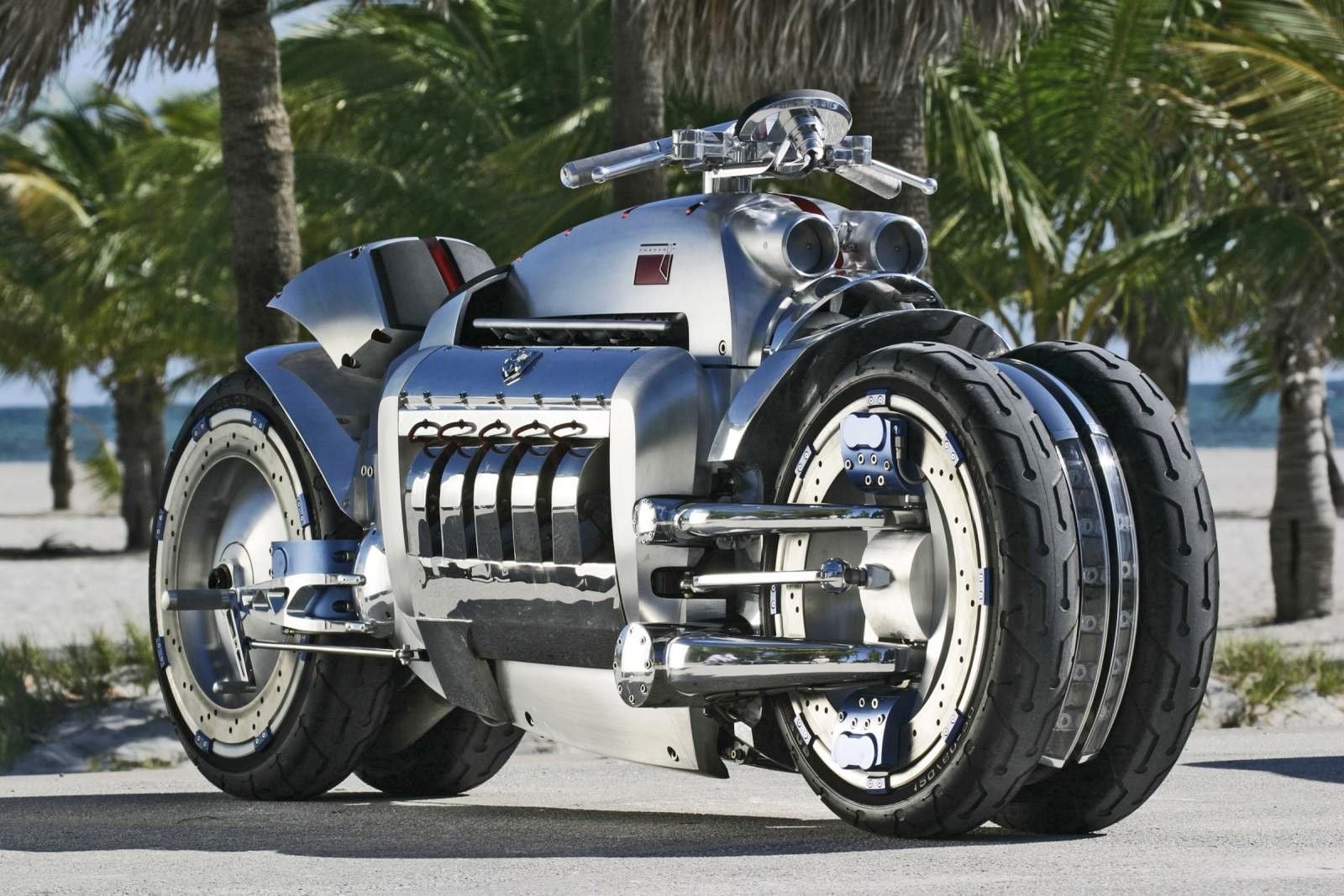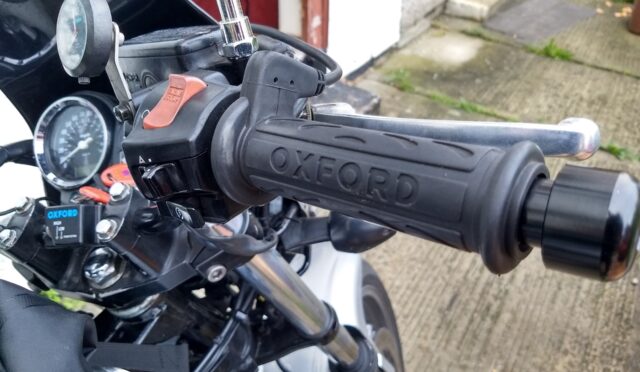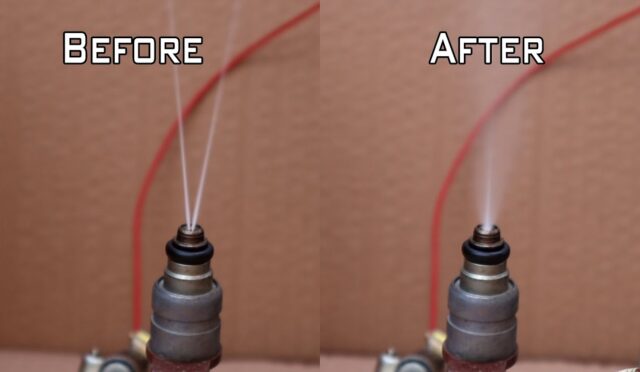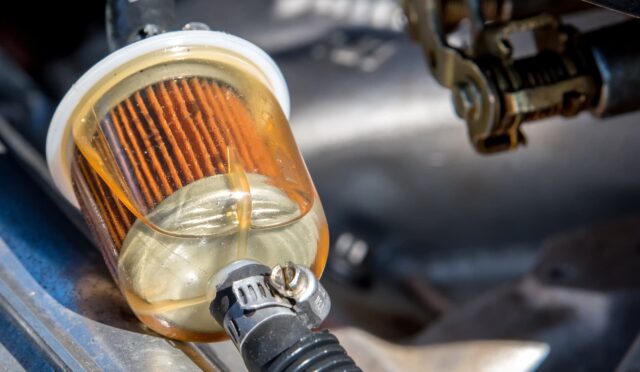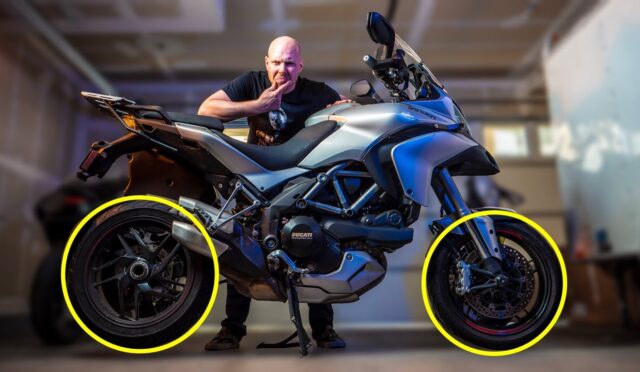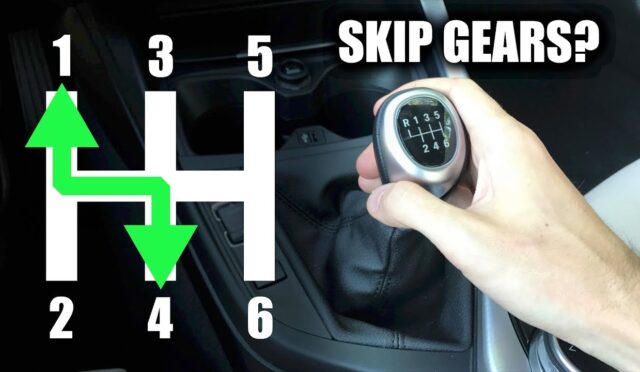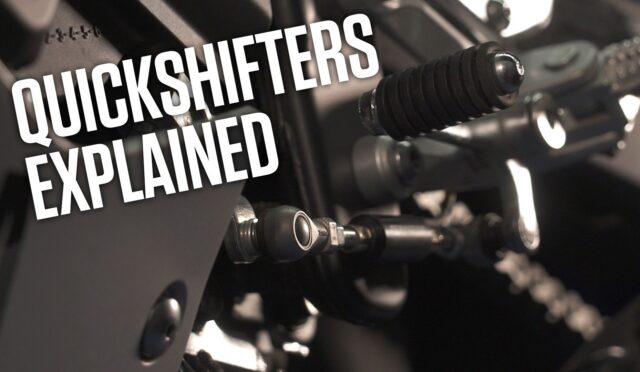When it comes to motorcycles, finding the most efficient speed is important. Efficiency refers to how well a motorcycle uses fuel. The ideal speed can vary based on several factors, such as engine type, weight, and aerodynamics. Typically, motorcycles achieve their best fuel efficiency between 40 to 60 miles per hour (mph).
At this speed range, the engine runs optimally without excessive strain. This balance helps in maximizing fuel economy. Riding faster increases wind resistance. This means the engine has to work harder, using more fuel. Conversely, riding too slowly can also reduce efficiency. The engine may not operate at its most effective level.
Different models have different efficiency ratings. For example, a sportbike may perform well at higher speeds, but its fuel efficiency may drop quickly after 70 mph. Cruiser motorcycles often have better fuel efficiency at lower speeds. They are designed for relaxed riding rather than high-speed performance.
Motorcycle manufacturers provide a miles-per-gallon (MPG) rating for their models. On average, most motorcycles achieve between 30 to 60 MPG. Some smaller bikes or electric models may exceed this range. For instance, a lightweight motorcycle can reach up to 80 MPG under optimal conditions.
Riding style also plays a significant role in fuel efficiency. Smooth acceleration and braking can help maintain a steady speed. Frequent stops and starts lead to increased fuel consumption. Additionally, keeping tires properly inflated and maintaining the engine can further enhance efficiency.
In conclusion, the most efficient speed for a motorcycle typically falls between 40 to 60 mph. Understanding factors like engine type, riding style, and maintenance can help riders achieve better fuel economy. Always refer to the manufacturer’s specifications for the best guidance on your specific motorcycle model.
Understanding The Optimal RPM Range For Motorcycle Performance
Understanding the optimal RPM range is crucial for achieving the best performance from your motorcycle. The RPM, or revolutions per minute, indicates how fast the engine is running. Keeping the engine within the right RPM range ensures efficiency, power, and longevity.
The most efficient speed for a motorcycle typically falls between 4,000 to 7,000 RPM. This range allows the engine to deliver a good balance of power and fuel economy. Below is a table highlighting engine performance metrics at different RPM levels.
| RPM Range | Power Output | Fuel Efficiency | Engine Strain |
|---|---|---|---|
| 0 – 3,000 | Low | High | Low |
| 4,000 – 7,000 | Optimal | Moderate | Moderate |
| 8,000 – 10,000 | High | Low | High |
In the optimal range, the motorcycle achieves maximum power without excessive fuel consumption. Riding in this RPM range helps prevent engine wear caused by high RPMs while ensuring a smooth ride.
Factors that influence the optimal RPM include:
- Engine size and design
- Type of motorcycle
- Riding style
- Weight load
Riders should pay attention to their motorcycle’s specific performance specs. Consult the owner’s manual for the manufacturer’s recommended RPM range. This will help you maintain efficiency while enjoying the ride.
In conclusion, understanding the optimal RPM range enhances both performance and longevity. By keeping the motorcycle within 4,000 to 7,000 RPM, riders can enjoy a powerful yet efficient ride.
The Impact Of Weight And Aerodynamics On Motorcycle Speed Efficiency
The impact of weight and aerodynamics on motorcycle speed efficiency is an essential consideration for riders and manufacturers alike. Understanding how these factors work together can enhance performance and fuel economy.
Weight plays a significant role in how a motorcycle accelerates and handles. Lighter bikes typically require less power to reach higher speeds. This efficiency means better fuel consumption as well. Conversely, heavier motorcycles can offer more stability but may sacrifice speed and agility.
Aerodynamics is equally crucial. The design of a motorcycle influences how well it cuts through the air. A streamlined shape reduces drag, allowing the bike to maintain speed with less effort. When a motorcycle is designed to minimize wind resistance, it can achieve optimal speed with improved efficiency.
| Factor | Impact on Speed Efficiency |
|---|---|
| Weight | Lower weight improves acceleration and fuel economy |
| Aerodynamics | Better airflow reduces drag, enhancing speed |
| Engine Power | More power can overcome weight and drag, but may lead to higher fuel consumption |
The most efficient speed for a motorcycle often falls within a specific range. Many experts suggest that 45 to 65 mph is optimal for most bikes. At this speed, motorcycles can achieve a balance between performance and fuel efficiency. Riders can enjoy the ride while keeping fuel consumption low.
In conclusion, both weight and aerodynamics significantly influence the speed efficiency of motorcycles. Manufacturers aim for lighter weights and better aerodynamic designs to enhance performance. For riders, understanding these factors helps in choosing the right motorcycle and optimizing their riding speed.
How Riding Conditions Influence The Ideal Speed For Motorcycles
When riding a motorcycle, various conditions can significantly impact the ideal speed. Understanding how these factors interact is key to enhancing safety and performance. Different environments require different speeds for optimal riding efficiency. Here’s a breakdown of how riding conditions influence speed.
First, let’s consider the terrain. Riding on smooth, paved roads allows for higher speeds. In contrast, rough or unpaved surfaces demand slower speeds to maintain control. Below is a simple comparison of terrain types and their recommended speeds:
| Terrain Type | Recommended Speed (mph) |
|---|---|
| Paved Road | 50-70 |
| Gravel Road | 25-40 |
| Off-Road | 10-25 |
Weather also plays a crucial role. Rain and fog reduce visibility and traction, suggesting a lower speed. Riding in dry conditions allows for better handling and higher speeds. Here’s a quick list of weather conditions and their ideal speed adjustments:
- Sunny: Maintain regular speed
- Rain: Reduce speed by 10-20%
- Fog: Reduce speed by 20-30%
- Windy: Reduce speed as needed for stability
Traffic conditions cannot be overlooked. Heavy traffic requires slower speeds for safety. Conversely, open roads can allow for faster speeds, but caution is still essential. Always be aware of traffic laws and adjust speed accordingly.
Finally, always consider rider experience. New riders should ride at slower speeds to build confidence. Experienced riders can handle higher speeds with more control. Adjusting speed based on skill level is crucial for safety.
In summary, the ideal speed for a motorcycle varies based on terrain, weather, traffic, and rider experience. Staying adaptable to these conditions ensures a safer and more efficient ride. Keeping these factors in mind will lead to a better understanding of how to achieve optimal performance on your motorcycle.
The most efficient speed for a motorcycle typically ranges between 45 to 65 mph, depending on the bike’s design and engine specifications. At this speed, the engine operates optimally, balancing power and fuel consumption.
Wind resistance increases significantly as speed rises, which can lead to greater fuel consumption. Riding at moderate speeds helps minimize this aerodynamic drag, enhancing overall efficiency.
Yes, various motorcycles are designed for distinct performance characteristics, which means their optimal efficiency speed may vary. Sportbikes may perform best at higher speeds, while cruisers often excel at lower, more relaxed paces.
Absolutely, aggressive riding, such as rapid acceleration and frequent braking, can lead to increased fuel consumption. Adopting a smoother and more consistent riding style can help maintain efficiency.
Fuel economy is usually maximized at a speed where the engine runs efficiently without excessive resistance, typically between 40 and 60 mph for most motorcycles. This range allows for good balance between speed and efficiency.
Proper tire pressure is crucial for efficient riding; under-inflated tires increase rolling resistance, leading to higher fuel consumption. Regularly checking and maintaining optimal tire pressure can enhance overall efficiency.
Yes, different terrains, such as highways versus city streets, can influence the ideal speed for efficiency. Smooth, straight highways generally allow for higher speeds, while stop-and-go city riding may require slower speeds for better fuel economy.
The weight of the motorcycle and rider can significantly impact efficiency; heavier loads require more power and can reduce fuel economy. Lighter bikes tend to perform better at lower speeds, enhancing efficiency.
To boost your motorcycle’s efficiency, maintain steady speeds, avoid rapid acceleration, and keep the bike well-maintained. Regular checks on oil, filter, and tire conditions also contribute to better overall performance.
Yes, numerous apps and GPS devices can track your speed and fuel consumption, helping you identify your most efficient riding speeds. These tools can provide valuable insights into your riding habits and performance.

